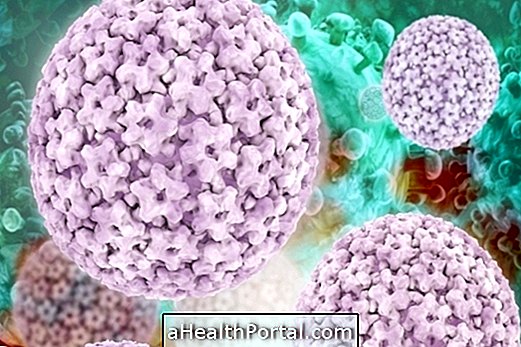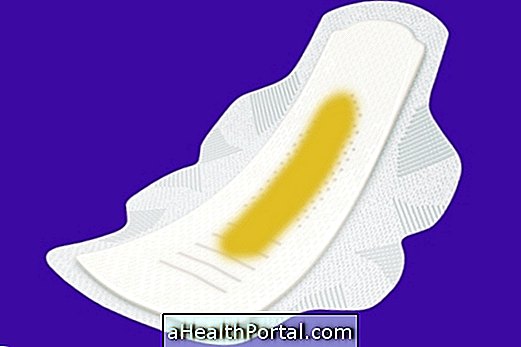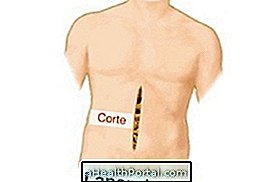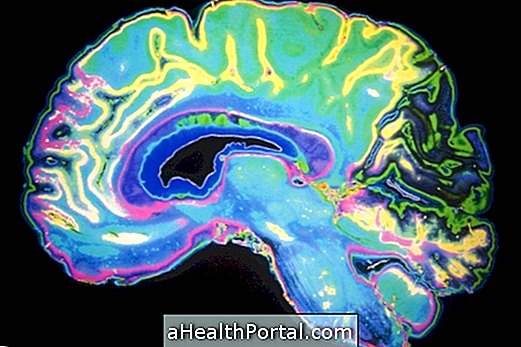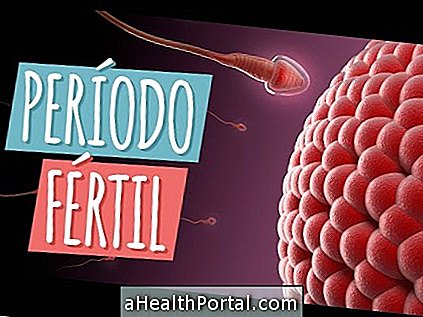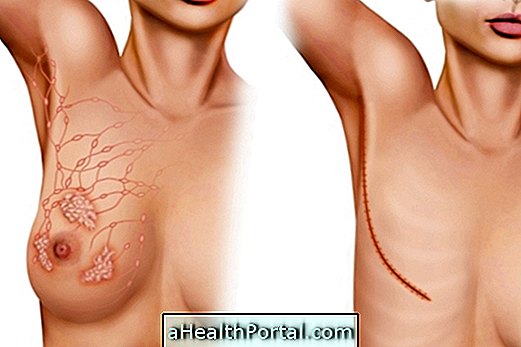Hysterectomy is usually indicated for women with severe pelvic problems such as advanced cervical cancer, ovarian or myometrial cancer, pelvic infections, uterine fibroids, frequent bleeding, severe endometriosis, or uterine prolapse.
However, hysterectomy is only performed when other clinical treatments have not been successful and consists of removal of the uterus and, depending on the severity of the disease, of the fallopian tubes and ovaries. The recovery depends on the type of surgery performed, but varies around 3 to 8 weeks.

Types of Hysterectomy
There are 3 types of hysterectomy, which are chosen according to the need to remove the affected organs:
- Total hysterectomy: removal of the uterus and cervix;
- Subtotal hysterectomy: removal of the body from the uterus, maintaining the cervix;
- Radical hysterectomy: removal of the uterus, cervix, upper vaginal area and part of the tissues around these organs, being more used in cases of advanced cancer.
In some cases, such as severe endometriosis or advanced cancer, it may also be necessary to remove the fallopian tubes and ovaries.
Types of Surgery
The hysterectomy can be performed through 4 surgical procedures, described in the following table:
| Type of surgery | Cutting location | Length of stay | Recovery time |
| Total abdominal hysterectomy | cut in abdomen similar to cesarean section | 4 days | 6 weeks |
| Vaginal hysterectomy | vaginal cut | 1-2 days | 2-3 weeks |
| Laparoscopic Hysterectomy | small cuts in the navel or vagina | 1-2 days | 2-3 weeks |
| Robotic Hysterectomy | in the same way as laparoscopy, but with machines performing the procedure |
1-2 days | 2-3 weeks |
The most commonly used surgery is total abdominal hysterectomy, since it allows the surgeon a better visualization of the area, facilitating the identification of the affected tissues and organs.
Care after surgery
After surgery, vaginal bleeding is common during the first few days, and your gynecologist will indicate pain medications, anti-inflammatories and antibiotics to relieve pain and prevent infections on the spot. In addition, some important care is:
- To rest, avoiding to take weights, to do physical activities or abrupt movements for at least 3 months;
- Avoid close contact with the partner, lasting according to medical advice;
- Do small walks at home throughout the day, avoiding staying all the time in bed to improve circulation and prevent thrombosis.
It is important to remember that the main risks of this surgery are hemorrhage, problems with anesthesia and complications in neighboring organs such as intestine and bladder.
Signs of complications after surgery
Some signs that indicate complications after surgery are:
• Persistent fever above 38 ° C;
• Frequent vomiting;
• Severe pain in the abdomen, which persists even with taking the pain medication indicated by the doctor;
• Redness, bleeding or the presence of pus or foul-smelling discharge at the procedure site;
• Bleeding that is greater than normal menstruation.
In the presence of any of these signs, one should seek out the emergency room to evaluate possible complications of the surgery.
How does the body look after surgery?
After surgery to remove the uterus, the woman will not menstruate and can no longer conceive. However, the sexual appetite and the intimate contact will be maintained, allowing a normal sexual life.
In cases where surgery includes removal of the ovaries, the onset of menopause symptoms begins, with constant heat, decreased libido, vaginal dryness, insomnia, and irritability. When the two ovaries are removed, hormone replacement therapy will also be necessary, which will reduce the characteristic symptoms of menopause. See more details on: What happens after the uterus is removed.


